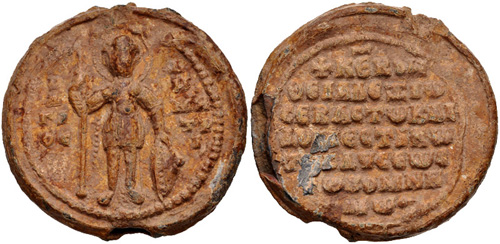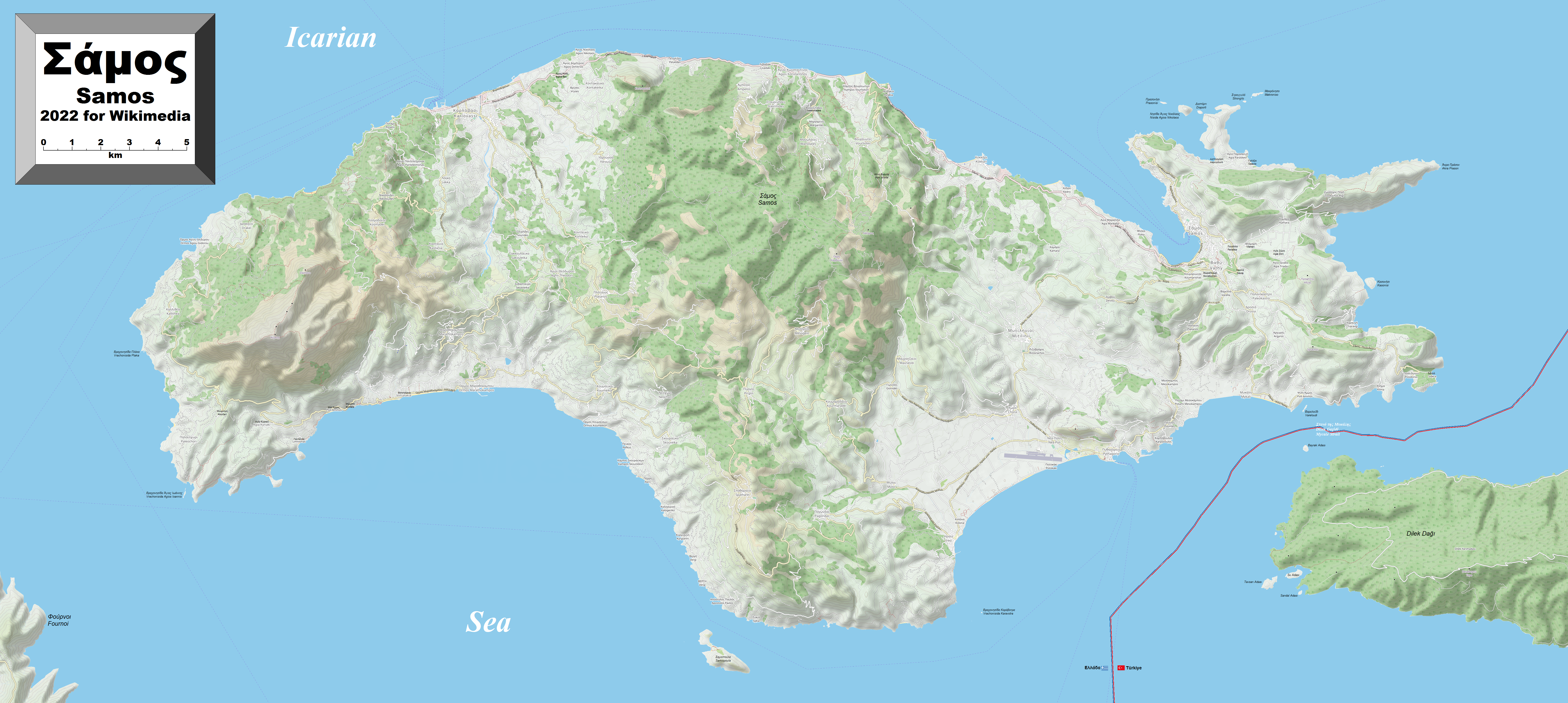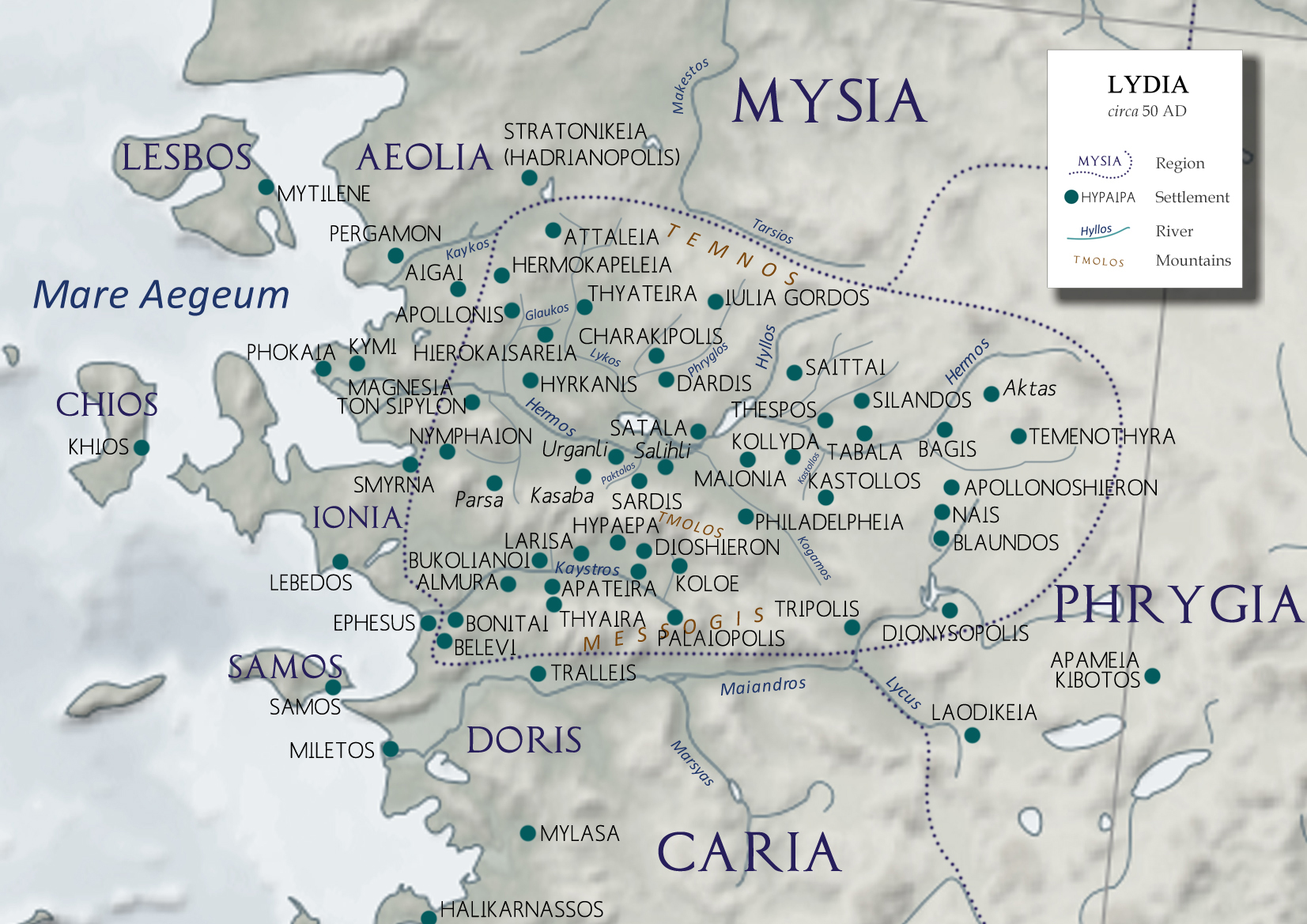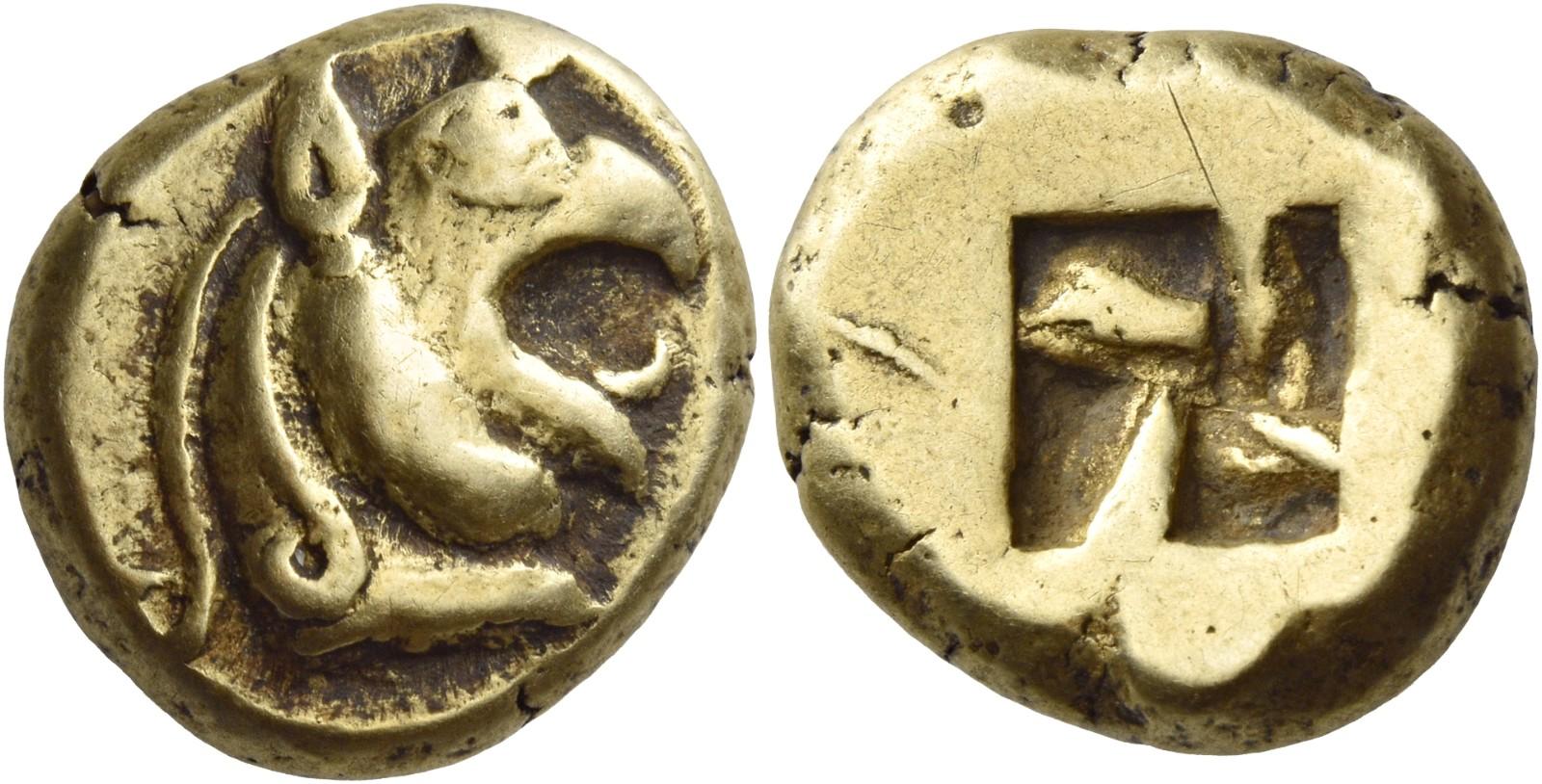|
Tzachas
Chaka Bey (),"Tzachas" is the Hellenized form of a Turkish name which does not appear in any historical documents, but was likely "Chaka", "Chagha", or "Chaqan". The name "Chaka", in the modern Turkish alphabet "Çaka", prevailed especially in modern Turkey, after Akdes Nimet Kurat used it in his work ''Çaka: Orta Zamanda İzmir ve Yakınındaki Adaların Türk Hakimi'', Istanbul, 1936, ''... yüksek siyasî ve askerî görüş sahibi olarak büyük önem taşıyan bu bey'in adının gerçek söylenişi henüz tamamen kesinliğe kavuşmuş değildir. Bu hususta şimdiye kadar üç ihtimal ileri sürülmüştür: Çaka, Çağa, Çakan. AN Kurat'ın bunu "Çaka" kabûl ederek eserini de "Çaka Bey" diye adlandırması, özellikle memleketimizde Çaka şeklinin yaygınlaşmasına yol açmıştır denebilir.'' (''Tarih Dergisi'', Cilt 20, İstanbul Üniversitesi Edebiyat Fakültesi, İbrahim Horoz Basımevi, 1983p. 56. was an 11th-century Seljuk Oghuz Turk military commander wh ... [...More Info...] [...Related Items...] OR: [Wikipedia] [Google] [Baidu] |
John Doukas (megas Doux)
John Doukas (, – before 1137) was a member of the Doukas family, a relative of Byzantine emperor Alexios I Komnenos () and a senior military figure of his reign. As governor of Dyrrhachium, he secured the imperial possessions in the western Balkans against the Serbs. Appointed '' megas doux'', he scoured the Aegean of the fleets of the Turkish emir Tzachas, suppressed rebellions in Crete and Cyprus, and then recovered much of the western coast of Anatolia for Byzantium. Biography Early life John Doukas was born , the second son of the '' domestikos ton scholon'' Andronikos Doukas, son of the ''Caesar'' John Doukas, and his wife, Maria of Bulgaria, the granddaughter of Ivan Vladislav (), the last ruler of the First Bulgarian Empire. John was thus the brother-in-law of Alexios I Komnenos, who had married his sister Irene Doukaina. In 1074, during the rebellion of the Norman mercenary Roussel de Bailleul, John, along with his elder brother Michael, was at his grandfather ... [...More Info...] [...Related Items...] OR: [Wikipedia] [Google] [Baidu] |
Kilij Arslan I
Kilij Arslan ibn Suleiman (; ; or ''Kılıcarslan'', "Sword Lion") (1079–1107) was the Seljuk sultan of Rûm. He reigned from 1092 until his death in 1107. He ruled the Sultanate during the time of the First Crusade and thus faced the earliest attacks from Christian forces. He also re-established the Sultanate of Rum after the death of Malik Shah I of the Seljuk Empire and defeated the Crusaders in three battles during the Crusade of 1101. Kilij Arslan was the first Muslim and Turkish commander to fight against the Crusaders, commanding his horse archers as a teenager. Rise to power After the death of his father, Suleiman ibn Qutalmish, in 1086, he became a hostage of Sultan Malik Shah I of Great Seljuq in Isfahan, but was released when Malik Shah died in 1092 in the wake of a quarrel among his jailers. Kilij Arslan then marched at the head of the Turkish Oghuz Yiva tribe army and set up his capital at Nicaea, replacing Amin 'l Ghazni, the governor appointed by Mal ... [...More Info...] [...Related Items...] OR: [Wikipedia] [Google] [Baidu] |
Alexios I Komnenos
Alexios I Komnenos (, – 15 August 1118), Latinization of names, Latinized as Alexius I Comnenus, was Byzantine Emperor, Byzantine emperor from 1081 to 1118. After usurper, usurping the throne, he was faced with a collapsing empire and constant warfare throughout his reign, Alexios was able to curb the Byzantine decline and begin the military, financial, and territorial recovery known as the Komnenian restoration. His appeals to Western Europe for help against the Seljuk Empire, Seljuk Turks were the catalyst that sparked the First Crusade. Although he was not the first emperor of the Komnenos, Komnenian dynasty, it was during his reign that the Komnenos family came to full power and initiated a hereditary succession to the throne. The son of John Komnenos (Domestic of the Schools), John Komnenos and a nephew of Isaac I Komnenos, Alexios served with distinction under three Byzantine emperors. In 1081, he led a rebellion against Emperor Nikephoros III Botaneiates and took ... [...More Info...] [...Related Items...] OR: [Wikipedia] [Google] [Baidu] |
Seljuk Empire
The Seljuk Empire, or the Great Seljuk Empire, was a High Middle Ages, high medieval, culturally Turco-Persian tradition, Turco-Persian, Sunni Islam, Sunni Muslim empire, established and ruled by the Qiniq (tribe), Qïnïq branch of Oghuz Turks. The empire spanned a total area of from Anatolia and the Levant in the west to the Hindu Kush in the east, and from Central Asia in the north to the Persian Gulf in the south, and it spanned the time period 1037–1308, though Seljuk rule beyond the Anatolian peninsula ended in 1194. The Seljuk Empire was founded in 1037 by Tughril (990–1063) and his brother Chaghri Beg, Chaghri (989–1060), both of whom co-ruled over its territories; there are indications that the Seljuk leadership otherwise functioned as a triumvirate and thus included Seljuk dynasty, Musa Yabghu, the uncle of the aforementioned two. During the formative phase of the empire, the Seljuks first advanced from their original homelands near the Aral Sea into Greater Kho ... [...More Info...] [...Related Items...] OR: [Wikipedia] [Google] [Baidu] |
Alexiad
The ''Alexiad'' () is a medieval historical and biographical text written around the year 1148, by the Byzantine princess Anna Komnene, daughter of Emperor Alexios I Komnenos. It was written in a form of artificial Attic Greek. Anna described the political and military history of the Byzantine Empire during the reign of her father, thus providing a significant account on the Byzantium of the High Middle Ages. Among other topics, the ''Alexiad'' documents the Byzantine Empire's interaction with the Crusades and highlights the conflicting perceptions of the East and West in the early 12th century. It does not mention the schism of 1054 – a topic which is very common in contemporary writing. It documents firsthand the decline of Byzantine cultural influence in eastern and western Europe, particularly in the West's increasing involvement in its geographic sphere. The ''Alexiad'' was paraphrased in vernacular medieval Greek in mid-14th century to increase its readability, which te ... [...More Info...] [...Related Items...] OR: [Wikipedia] [Google] [Baidu] |
Oghuz Turks
The Oghuz Turks ( Middle Turkic: , ) were a western Turkic people who spoke the Oghuz branch of the Turkic language family. In the 8th century, they formed a tribal confederation conventionally named the Oghuz Yabgu State in Central Asia. Today, much of the populations of Turkey, Azerbaijan and Turkmenistan are descendants of Oghuz Turks. The term Oghuz was gradually supplanted by the terms Turkmen and Turcoman ( or ''Türkmân'') by the 13th century.Lewis, G. ''The Book of Dede Korkut''. Penguin Books, 1974, p. 10. The Oghuz confederation migrated westward from the Jeti-su area after a conflict with the Karluk allies of the Uyghurs. In the 9th century, the Oghuz from the Aral steppes drove Pechenegs westward from the Emba and Ural River region. In the 10th century, the Oghuz inhabited the steppe of the rivers Sari-su, Turgai and Emba north of Lake Balkhash in modern-day Kazakhstan. They embraced Islam and adapted their traditions and institutions to the Islam ... [...More Info...] [...Related Items...] OR: [Wikipedia] [Google] [Baidu] |
Lesbos
Lesbos or Lesvos ( ) is a Greek island located in the northeastern Aegean Sea. It has an area of , with approximately of coastline, making it the third largest island in Greece and the List of islands in the Mediterranean#By area, eighth largest in the Mediterranean. It is separated from Anatolia, Asia Minor by the narrow Mytilini Strait. On the southeastern coast is the island's capital and largest city, Mytilene (), whose name is also used for the island as a whole. Lesbos is a separate regional units of Greece, regional unit with the seat in Mytilene, which is also the capital of the larger North Aegean region. The region includes the islands of Lesbos, Chios, Ikaria, Lemnos, and Samos. The total population of the island was 83,755 in 2021. A third of the island's inhabitants live in the capital, while the remainder are concentrated in small towns and villages. The largest are Plomari, Agia Paraskevi, Lesbos, Agia Paraskevi, Polichnitos, Agiassos, Eresos, Gera, Lesbos, Gera, an ... [...More Info...] [...Related Items...] OR: [Wikipedia] [Google] [Baidu] |
Methymna
Mithymna () (, also sometimes spelled ''Methymna'') is a town and former municipality on the island of Lesbos, North Aegean, Greece. Since the 2019 local government reform it is part of the municipality of West Lesbos, of which it is a municipal unit. Before 1919, its official name was Μόλυβος - Molyvos; that name dates back to the end of the Byzantine Era, but is still in common use today. Geography It is located NE of Eressos, N of Plomari and NW of Mytilene. The town (pop. 1,399 at 2011 census) is on the northern part of the island, just some 6 km north of the popular beach town of Petra. One of the most noticeable features of the town is the old Genoese fortress on the hill in the middle of the town. The town's agora is located on the uphill road to the fortress and is popular among tourists, with many historic shops, cafés and restaurants. The municipal unit of Míthymna stretches eastward from the town along the northern part of the island; it is the i ... [...More Info...] [...Related Items...] OR: [Wikipedia] [Google] [Baidu] |
Samos
Samos (, also ; , ) is a Greek island in the eastern Aegean Sea, south of Chios, north of Patmos and the Dodecanese archipelago, and off the coast of western Turkey, from which it is separated by the Mycale Strait. It is also a separate regional unit of the North Aegean region. In ancient times, Samos was an especially rich and powerful city-state, particularly known for its vineyards and wine production. It is home to Pythagoreion and the Heraion of Samos, a UNESCO World Heritage Site that includes the Eupalinian aqueduct, a marvel of ancient engineering. Samos is the birthplace of the Greek philosopher and mathematician Pythagoras, after whom the Pythagorean theorem is named, the philosophers Melissus of Samos and Epicurus, and the astronomer Aristarchus of Samos, the first known individual to propose that the Earth revolves around the Sun. Samian wine was well known in antiquity and is still produced on the island. The island was governed by the semi-autonomous P ... [...More Info...] [...Related Items...] OR: [Wikipedia] [Google] [Baidu] |
Chios
Chios (; , traditionally known as Scio in English) is the fifth largest Greece, Greek list of islands of Greece, island, situated in the northern Aegean Sea, and the List of islands in the Mediterranean#By area, tenth largest island in the Mediterranean Sea. The island is separated from Turkey by the Chios Strait. Chios is notable for its exports of Mastic (plant resin), mastic gum and its nickname is "the Mastic Island". Tourist attractions include its medieval villages and the 11th-century monastery of Nea Moni of Chios, Nea Moni, a UNESCO World Heritage Site. Administratively, the island forms a separate municipality within the Chios (regional unit), Chios regional unit, which is part of the North Aegean modern regions of Greece, region. The principal town of the island and seat of the municipality is Chios, North Aegean, Chios. Locals refer to Chios town as ''Chora'' ( literally means land or country, but usually refers to the capital or a settlement at the highest point of ... [...More Info...] [...Related Items...] OR: [Wikipedia] [Google] [Baidu] |
Smyrna
Smyrna ( ; , or ) was an Ancient Greece, Ancient Greek city located at a strategic point on the Aegean Sea, Aegean coast of Anatolia, Turkey. Due to its advantageous port conditions, its ease of defence, and its good inland connections, Smyrna rose to prominence. Since about 1930, the city's name has been İzmir. Two sites of the ancient city are today within İzmir's boundaries. The first, probably founded by indigenous peoples, rose to prominence during the Archaic period in Greece, Archaic Period as one of the principal ancient Greek settlements in western Anatolia. The second, whose foundation is associated with Alexander the Great, reached metropolitan proportions during the period of the Roman Empire. Most of the ancient city's present-day remains date to the Roman era, the majority from after a 2nd-century AD earthquake. In practical terms, a distinction is often made between these. ''Old Smyrna'' was the initial settlement founded around the 11th century BC, first as an ... [...More Info...] [...Related Items...] OR: [Wikipedia] [Google] [Baidu] |
Phocaea
Phocaea or Phokaia (Ancient Greek language, Ancient Greek: Φώκαια, ''Phókaia''; modern-day Foça in Turkey) was an ancient Ionian Ancient Greece, Greek city on the western coast of Anatolia. Colonies in antiquity, Greek colonists from Phocaea founded the colony of Massalia (modern-day Marseille, in France) in 600 BC, Emporion (modern-day Empúries, in Catalonia, Spain) in 575 BC and Elea (modern-day Velia, in Campania, Italy) in 540 BC. Geography Phocaea was the northernmost of the Ionian cities, on the boundary with Aeolis. It was located near the mouth of the river Hermus (now Gediz River, Gediz), and situated on the coast of the peninsula separating the Gulf of Cyme (Aeolis), Cyme to the north, named for the largest of the Aeolis, Aeolian cities, and the Gulf of Smyrna (now İzmir) to the south. Phocaea had two natural harbours within close range of the settlement, both containing a number of small islands. Phocaea's harbours allowed it to develop a thriv ... [...More Info...] [...Related Items...] OR: [Wikipedia] [Google] [Baidu] |







